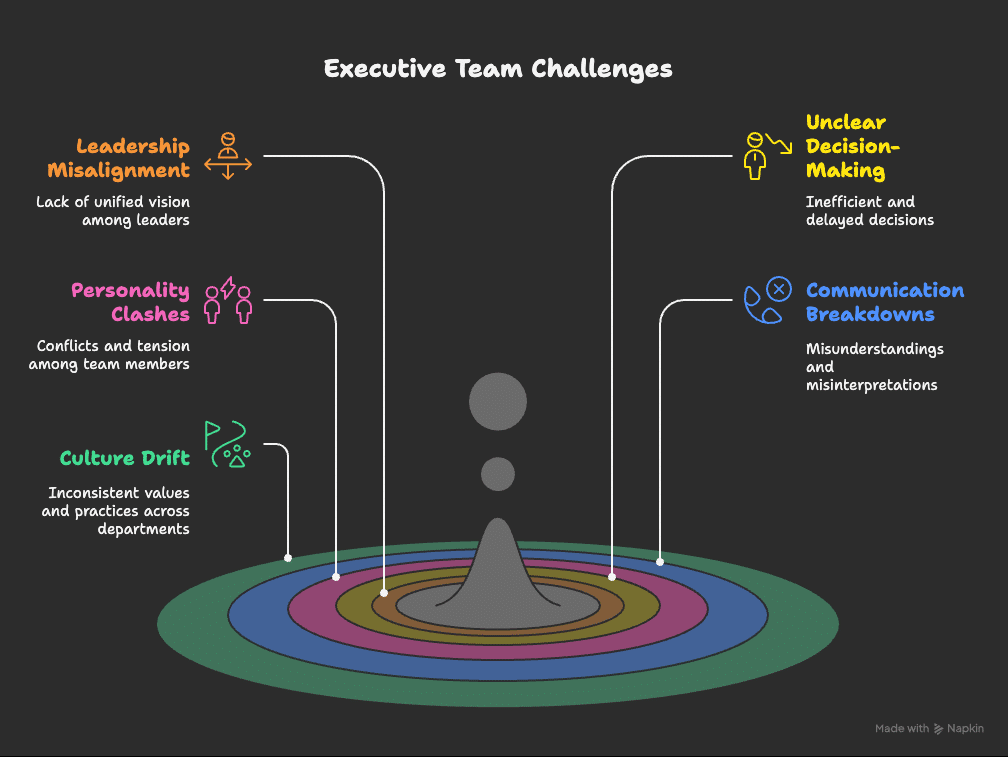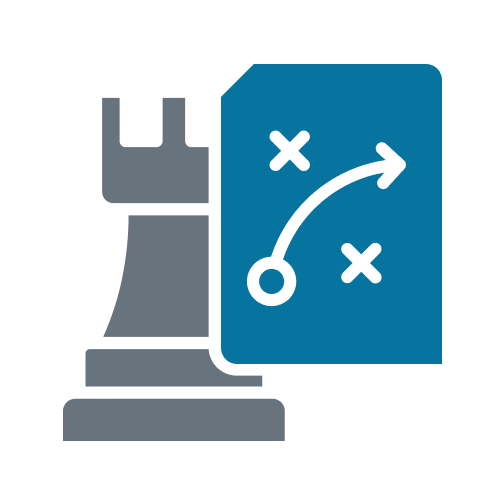Introduction
Executive team coaching is one of the most underutilized tools in modern leadership. At the same time, it’s a discipline practiced by some of the top executive coaches across North America. Yet, it’s often the fastest path to solving the exact issues slowing down your top teams: misalignment, poor communication, power struggles, decision delays, and culture drift.
At Champion PSI, we coach leadership teams who want results, not fluff. This isn’t about motivation posters or corporate buzzwords. It’s about sharpening your executive team into a unit that moves fast, thinks clearly, and executes at the highest level.
Looking to take your team to the next level? Explore our executive coaching services.
Overview of the Topics
Executive team coaching gives your organization a strategic advantage by addressing the five most common issues holding executive teams back. It can unlock leadership potential by reshaping how leaders think, operate, and collaborate.
In this blog, we’ll explore how executive team coaching can quickly resolve:
- Leadership misalignment
- Unclear decision-making
- Personality clashes and politics
- Communication breakdowns
- Culture drift across departments
We’ll also examine the cost of not addressing these issues, provide a real-world case study from Google, answer the top 5 executive coaching questions, and give you a path to begin your team’s transformation.
Let’s dig into each.

1. Leadership Misalignment
You can’t scale confusion. When leaders aren’t on the same page about strategy, goals, or execution, the rest of the organization feels it. Executive team coaching helps get everyone aligned by creating a shared language, rhythm, and operating model.
Misalignment often shows up as conflicting priorities, inconsistent messaging to teams, or constant rework. These are all signs of weak foundations—something we explored in our breakdown of strong team characteristics. Coaching surfaces these issues quickly and gives the team a framework to resolve them through leadership development principles.
It also removes ego from the equation. Coaching helps elevate the team’s focus from individual priorities to collective outcomes—fast. When execs operate as a unified force, trust cascades downward.
2. Unclear Decision-Making
Many executive teams suffer from unclear or inconsistent decision-making. Who owns what? How are trade-offs made? When decisions get delayed or delegated upwards unnecessarily, growth slows.
Coaching introduces structured decision-making models like RAPID, DACI, or RACI—but tailored to your culture. These frameworks align well with CEO decision strategies being used by top-performing companies today.
Coaching also builds clarity around escalation paths and conflict resolution. The result? Decisions get made at the right level, by the right people, at the right time.
We’ve covered this in more depth in our piece on executive coaching for CEOs, especially how CEOs can use coaching to sharpen team-wide accountability.
Bonus: Coaching surfaces silent blockers. Often, what stalls a decision isn’t the strategy, but the interpersonal dynamics behind closed doors.
3. Personality Clashes and Power Plays
Let’s be honest. At the executive level, you’re dealing with strong personalities. That’s a good thing—until unchecked dynamics become politics. When trust erodes, decision speed drops. Meetings turn into turf wars. People stop saying what they really think.
Coaching holds up a mirror. It helps teams move from competition to collaboration. It gives space for feedback, candor, and tough conversations in psychologically safe settings. And according to Gallup research on leadership through adversity, coaching helps teams translate tension into alignment and momentum.
One-on-one assessments like SDI 2.0 or The Leadership Circle can help reveal deeper motivations behind each leader’s behavior. This is where team leadership coaching becomes invaluable—spotting the invisible dynamics that stall real collaboration. When combined with team coaching, these tools dissolve long-standing friction.
4. Communication Breakdowns
If you’re hearing “we didn’t know,” or “that wasn’t clear” too often, your executive team likely has a communication issue.
Coaching introduces practices that tighten the loops. Think: weekly cadence check-ins, structured leadership offsites, transparent reporting, and a culture of clarity over assumption. As HBR’s research on widening leadership skills notes, modern leaders must adapt with emotional intelligence and continuous learning—two natural outcomes of executive team coaching.
Coaching also fosters horizontal communication between departments. Many silos form simply because execs don’t know how to talk to each other without triggering conflict. Executive team coaching teaches strategic dialogue, not just passive updates.
You can’t afford for your execs to be guessing. Coaching makes sure they aren’t.
5. Culture Drift Across Departments
When departments grow in isolation, culture begins to fracture. Suddenly, what “sales” values is different from what “ops” lives by. These fractures start at the top.
Executive team coaching is one of the fastest ways to restore culture continuity. By creating alignment at the leadership level, coaching helps set a tone of clarity and shared values that cascade across the business.
The ICF’s perspective on executive coach qualifications reinforces how certified coaching drives not just alignment, but ripple effects across performance, retention, and engagement.
Culture isn’t what you say on the wall. It’s what your executive team lives and models every day. Coaching embeds this ethos into team behavior, conflict resolution, and recognition systems.
Why Solving These Problems Fast Matters
Every day your executive team stays misaligned costs you:
- Missed opportunities
- Slower time-to-market
- Frustrated high performers
- Talent attrition at the middle layer
- Culture erosion
These problems compound. Coaching offers a pressure release valve. It brings in outside perspective, professional facilitation, and a plan you can stick to.
McKinsey’s data on high-performing CEOs confirms this: the best leaders act quickly, adapt deliberately, and build systems to sustain both. Executive coaching helps teams do the same.
You can keep trying to self-manage the tension—or you can resolve it now.
Real-World Example: Google’s Re:Work Coaching Program
Google’s now-famous Project Oxygen and Re:Work coaching initiatives are strong examples of executive team coaching done right. As the company scaled, leaders struggled with consistency across engineering, product, and business teams.
They implemented a coaching-based leadership model that emphasized cross-functional alignment, psychological safety, and clarity in decision-making.
Results?
- Increased team performance by 37%
- Improved employee engagement and retention
- Faster product cycle execution due to streamlined leadership communication
FAQ: Executive Team Coaching
What is executive team coaching?
Executive team coaching is a structured process where a coach works with senior leaders to improve collaboration, communication, decision-making, and performance at the leadership level. As HBR highlights, this requires deep expertise, trust-building, and strategic insight.
How does executive team coaching differ from individual coaching?
While individual coaching focuses on personal development, executive team coaching emphasizes alignment and performance across the team. It targets collective effectiveness—and aligns directly with leadership development principles that scale with your business.
How long does executive team coaching take to show results?
Many teams begin to see results within 60–90 days. The most lasting impact often builds over 6–12 months, especially when integrated into broader initiatives.
Who should participate in executive team coaching?
Anyone on the executive or senior leadership team. This includes CEOs, COOs, CFOs, CHROs, and business unit heads who play a role in shaping strategy and culture.
Is executive team coaching worth the investment?
Absolutely. When done right, it drives better decisions, faster execution, higher trust, and long-term culture alignment—all of which translate into business performance.
5 Problems Executive Team Coaching Can Solve Fast: Conclusion
Executive team coaching isn’t a luxury. It’s a smart, fast way to eliminate the hidden obstacles that slow growth, breed confusion, and fragment teams.
If you’re serious about scaling your company with alignment and precision, this is where to start.
Ready to get started? Book a free 30-minute call with an expert coach to explore how executive team coaching can support your goals










